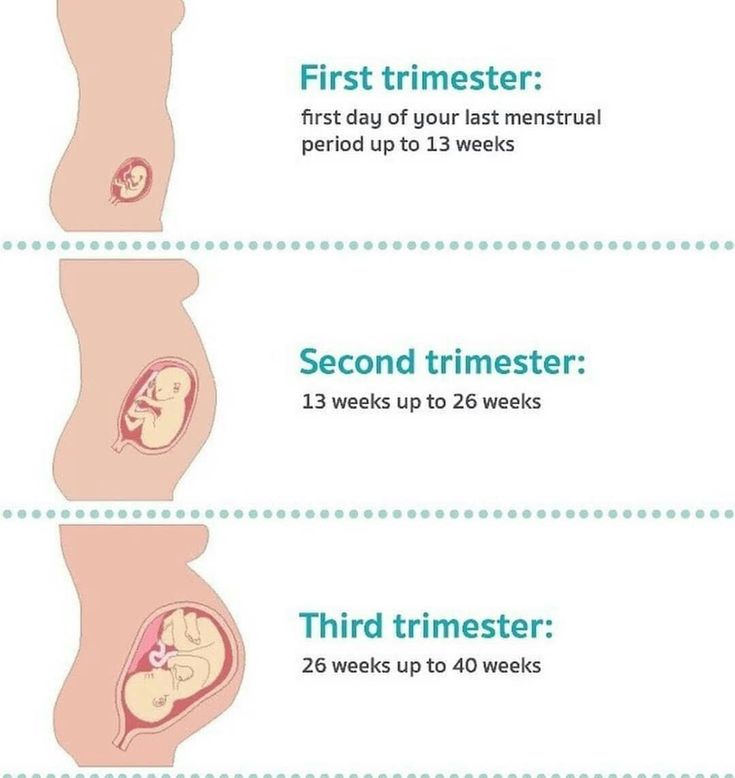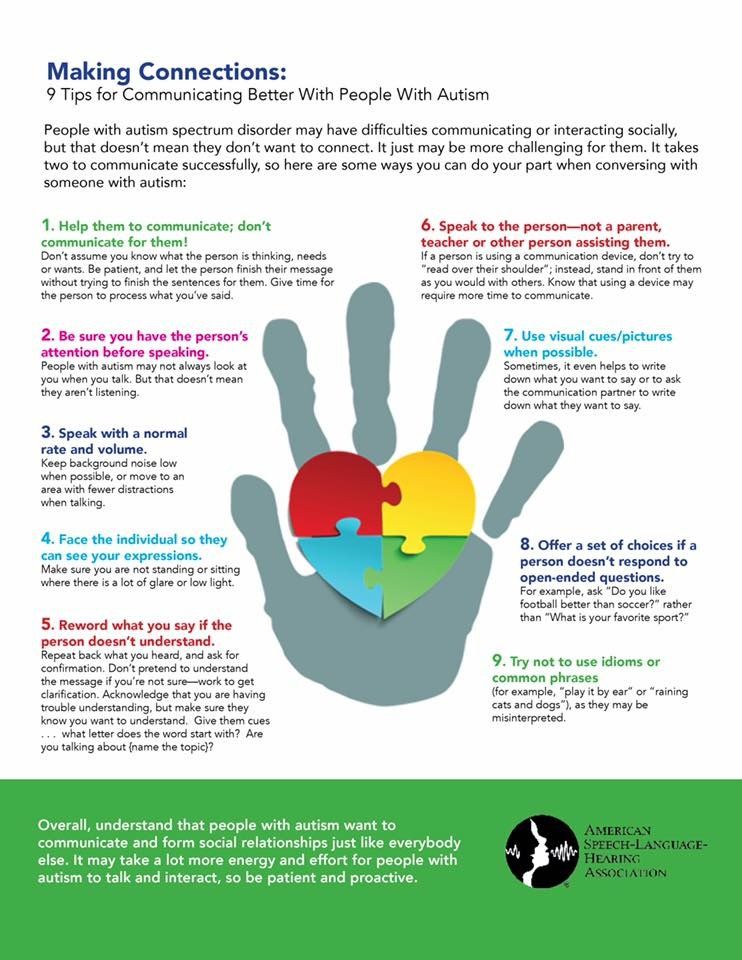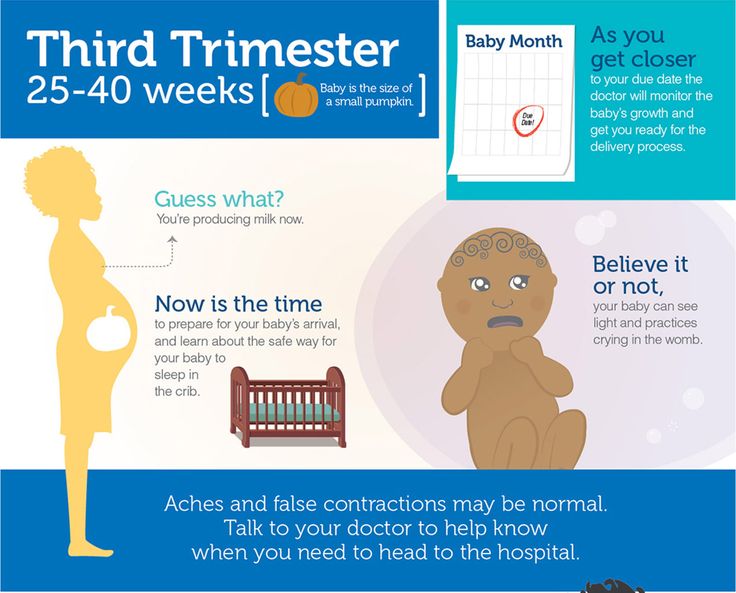How to deal with a messy child
How to Help Kids Keep Their Room Neat | Organization Skills Issues
If your child’s bedroom is a mess of toys, clothes, and other stuff, you’re not alone. It’s common for kids of all ages to have trouble keeping their rooms neat.
Some kids may like having a messy bedroom (“I know where everything is!”). For others, it’s a stage, like a child showing independence or a teen overwhelmed by new responsibility. And then there are the kids who have ongoing trouble with organization and need more help.
Whatever the cause, you can do things to encourage your child to clean up a messy bedroom. Here’s how to help kids to keep their rooms neat.
Be specific about what a “messy room” is.
Just saying “Your room is a mess” doesn’t tell kids what they need to do to fix it. Some kids need very specific instructions.
When your child’s room is clean, walk through it together and point out what makes it clean: “There are no toys on the floor because they’re put away. The bed is made. Your clothes are hanging in the closet, not thrown on the floor. Nice job.” You can even take a picture of the room when it’s neat so your child can refer to it.
Be clear about how much mess is OK.
Sometimes your child’s room is just a little messy and you might let it slide. But it’s important to let your child know what you won’t accept. If you can’t stand it when Legos are all over the floor, be clear with your child: “The Legos need to be put away as soon as you’re done with them. You can put them in the special Legos bin.”
Explain why it’s a problem.
Some kids don’t see the point of cleaning up. For them, it helps to explain why neatness matters. You might say things like:
- “If you don’t pick up the Legos, you’ll step on them and hurt your feet.”
- “When clothes are crumpled on your bed, they get wrinkled and look bad.”
- “If you don’t throw away those food wrappers, it may attract bugs.”
Be careful, though, not to nag or repeat yourself over and over, which can backfire.
Use visual reminders.
Some kids need help remembering how areas like bookshelves are supposed to look when neat. Take a picture of the bookshelf when it’s organized, and post it on the wall. You can also include notes, like: “Books go tallest to shortest.” Another helpful tip: Keep a chores checklist on the door so your child can mark off each chore as it gets done.
Get rid of junk and outdated things.
One of the best ways to help kids keep their room neat is by getting rid of clutter. Once a year, go through the closet together to get rid of clothes and shoes your child has outgrown. You can also get rid of old toys, school papers, and anything else your child doesn’t need anymore. This can make cleaning the bedroom less overwhelming.
Have a place for everything.
Kids may struggle with cleaning their room if it isn’t clear where things are supposed to go. Make sure there’s a place for everything kids use and that it’s easy for them to put things back. That goes for clothes, toys, books, sports equipment, musical instruments, art supplies, and anything else they use a lot.
That goes for clothes, toys, books, sports equipment, musical instruments, art supplies, and anything else they use a lot.
Pay special attention to the study area.
A neat, uncluttered place to do homework and study is important for kids who struggle with focus or organization. Make sure your child’s study area is clean, even if it’s not in the bedroom. Show your child how to keep homework organized in different folders for each subject.
How to Color-Code School Supplies
opens in a new tabBe a role model.
If you expect kids to keep their room clean, it’s only fair that you keep your own bedroom clean, too. Asking kids to make their bed when you haven’t made yours won’t go down well. Your room doesn’t need to look perfect, but try to keep it up to the same standards you have for your child.
Praise your child’s efforts.
If you cheer on your child for tidying up, you’ll encourage more of that behavior. Even if kids don’t clean their rooms perfectly, it’s good to praise them for making the effort. “The floor is much cleaner now—thanks for putting away your toys.”
Even if kids don’t clean their rooms perfectly, it’s good to praise them for making the effort. “The floor is much cleaner now—thanks for putting away your toys.”
Your child’s room may never end up spotless. But by explaining why neatness matters and supporting your child, you can help get your child’s bedroom in much better shape.
Learn how to organize a messy backpack. And check out tips and tools to get teens organized.
Key takeaways
Get rid of clutter, like old clothes and toys, so your child has fewer things to organize.
Hang a picture of the bedroom when it’s neat to show what to aim for.
Be a role model for your child by keeping your room neat, too.
10 Ways To Deal With A Messy Small Child
Some kids are just naturally more busy, or messier than others. They leave a trail of toys in their wake as they make their way through their homes, and even when out, seem to leave things broken or stained, or in disarray. Often, following such a messy little child is an exhausted mom, apologetically picking up the trail of toys, and smiling her sweetest smile, to appease everyone who is considering the commotion caused by the child with a less understanding disposition.
Often, following such a messy little child is an exhausted mom, apologetically picking up the trail of toys, and smiling her sweetest smile, to appease everyone who is considering the commotion caused by the child with a less understanding disposition.
If your child is A. Busy, B. Messy, or C. Busy and messy, then there is hope. Here are 10 tried-and-tested ways of dealing with a messy small child (which moms before you, and moms long after you, have used and will continue to use... because these methods work):
It is tempting to shout at the child every time a toy drops to the floor, or a vase falls over and breaks, however, this constant berating might not have the intended effect on the child, who might be led to rebel even more. Rather, moms should praise their little one when a toy is put away nicely, or when they pick up something which is on the floor. Kids love to be praised and this positive reinforcement of good behavior will result in a child who works towards the good behaviors, turning away from the wrong behaviors in the process.
9/10 Positive Affirmations
It’s been said that words are powerful and when a child is constantly causing a mess, choosing the right words can’t be emphasized enough.
RELATED: 10 Celebs Who Are Expecting Babies in 2020
Instead of labeling the child, such as through saying, ‘You’re so messy’, rather say, ‘This room is a mess, and because I know that you are a good child, I’m asking that you would help mommy to clean it up.’ This way, the child internalizes something positive about themselves, and separates what they are doing wrong from who they are.
8/10 Be A Good Role Model
It’s no use shouting at a child for being messy if you are Mrs. Messy herself. How you conduct yourself speaks volumes to the child, in words much louder than anything you could actually say. Ensure you pick up after yourself.
RELATED: 10 Tips To Help Deal With A Colicky Baby
Keep your hair neatly brushed. Keep your car, the kitchen, and your bedroom tidy. Your little one is observing and will learn to do the same.
Your little one is observing and will learn to do the same.
7/10 Have A Place For Everything
Except at no point is my house ever this clean. bia Pace Res Mortgage‘Clean that up!’ you might shout, but if the child doesn’t know where to put what you have asked them to pick up, you will create confusion and won’t necessarily be effective in your parenting. Organize your home and the child’s room in such a fashion that it is easy for the child to keep clean. Essentially, having a place for everything will ensure everything is easily put back in place.
6/10 Communicate
Via: youtube.comExplaining to your child why mess is not a good thing will go a long way in ensuring mess is taken care of. Children need to know why the mess is a problem, and you communicating this with them will also foster a relationship of mutual respect.
RELATED: 10 Baby Names Inspired By Writers
Explain to them how their play and their learning and movement is inhibited by the mess, and that a clean home and room allows for freedom of movement and peace of mind.
5/10 Define ‘Messy Room’
Merely stating a room is messy might not be enough in communicating a problem of disorganization with a small child. Point out what is messy and why it is a mess, so that the child has a clear understanding of what you are meaning and the intention behind your communication. Also, ensure that your definition of ‘mess’ is consistent across time so that there is no confusion and misunderstanding in your communication.
4/10 Declutter Your Life Space
Children grow so quickly and, as they grow, they will outgrow certain toys and daily necessities, such as a nappy bin or changing table.
RELATED: 10 Baby Names Based On Book Characters
Instead of holding onto these, rather give them away or sell them, allowing just what is essential for your child to have at their specific age to remain in their room. This goes a long way in helping a child to develop habits of cleanliness.
3/10 A Star Chart
Children love star charts.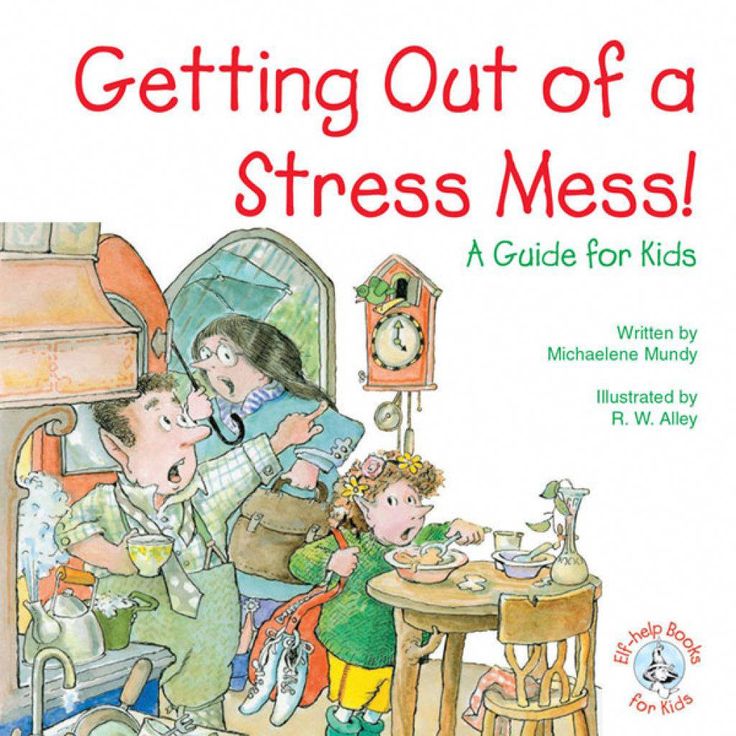 Put up a star chart – where the child can see it – and give him or her a bright star every time they abide by the rules and keep their space tidy, or pick up after themselves. Then, when a line of stars has accumulated, reward your child with a toy of his or her choice (to a value decided beforehand, which he or she is aware of). It’s not that you are bribing your child to keep their room clean. Rather, you are teaching them that actions have consequences. This will go a long way in ensuring positive behavior from them in the future.
Put up a star chart – where the child can see it – and give him or her a bright star every time they abide by the rules and keep their space tidy, or pick up after themselves. Then, when a line of stars has accumulated, reward your child with a toy of his or her choice (to a value decided beforehand, which he or she is aware of). It’s not that you are bribing your child to keep their room clean. Rather, you are teaching them that actions have consequences. This will go a long way in ensuring positive behavior from them in the future.
2/10 Make It Fun
Clean up time is fun. Just ask Barney. Why not put on some music, and sing along with your child while you clean up the room and home space. Get them their own little broom and dust pan and make it a fun exercise. Little girls, especially, love to emulate mommy and will enjoy pretending their room is their home which they are cleaning up, just like a big person.
1/10 Clean Alongside Each Other
Why not let your child clean up while you are cleaning up the bigger house.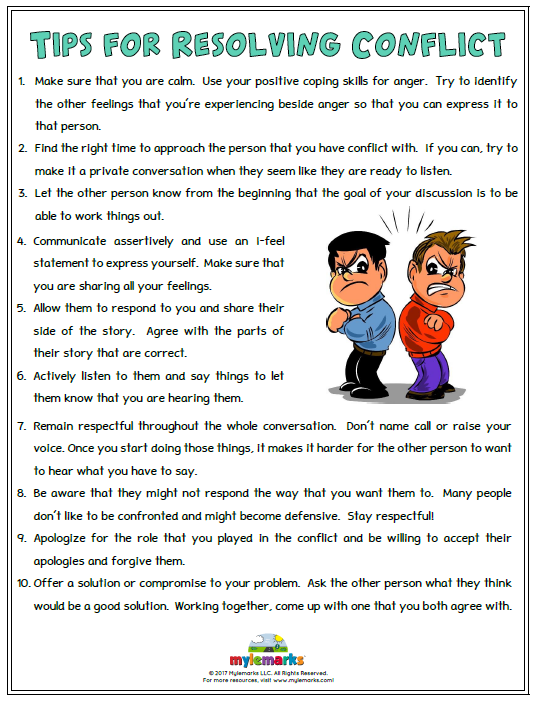 They will enjoy working alongside you, and will feel like a productive member of the family.
They will enjoy working alongside you, and will feel like a productive member of the family.
You can also slot clean-up time into the daily routine, and straight after this task, add a fun task, like reading time, or outdoor play time. This way, while they are busy cleaning, they will anticipate the next item in the routine with expectation, and will be less likely to drag their feet.
NEXT: 10 Body-Positive Mom Quotes To Live By
How to respond to the whims of children
home
Parents
How to raise a child?
How to respond to the whims of children
- Tags:
- Parent lecture hall
- 1-3 years
- 3-7 years
- 7-12 years old
- baby whims
Children's whims worry many parents: they occur suddenly against the background of a completely prosperous behavior of the child. Most moms and dads are familiar with the situation when generally calm children begin to act up for any reason.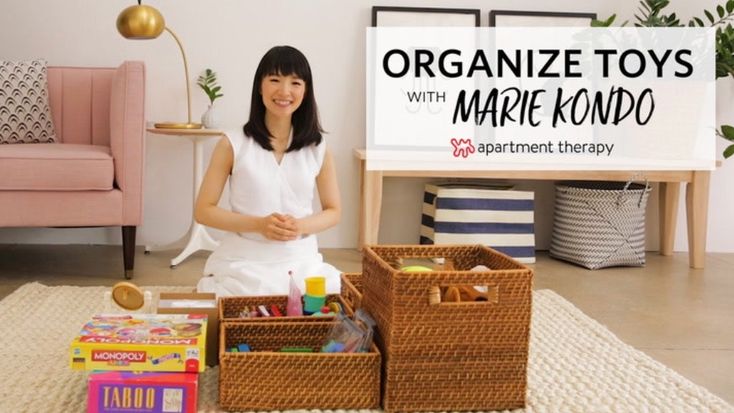 And the older the child becomes, the more reasons for tantrums he may have: they didn’t buy a toy, like other children, they didn’t give him sweets, they went to play on the wrong playground. In order not to form a habit in a child to get what they want with the help of crying and screaming, parents should figure out what are the reasons for children's whims. nine0003
And the older the child becomes, the more reasons for tantrums he may have: they didn’t buy a toy, like other children, they didn’t give him sweets, they went to play on the wrong playground. In order not to form a habit in a child to get what they want with the help of crying and screaming, parents should figure out what are the reasons for children's whims. nine0003
Each age has its own whims
The propensity to whims is associated with the age and psychophysical characteristics of children. Most often whims appear in early childhood. Moreover, the younger the child, the brighter he has such manifestations.
Capriciousness in children under two years old
At the age of two years, whimsical childhood may be caused by overwork, change of scenery or illness of the child. But they are easy to avoid. To do this, parents need to properly organize the daily routine of the child and make sure that he feels comfortable and safe. nine0003
Whims in children from two to five years old
In the period from two to five years, the child begins to actively express his disagreement with the actions of his parents and tries to force them to fulfill their own desires. Adults should not establish dictatorship and put pressure on the baby with the authority of the elder. Such relationships with children are considered the most unfavorable for the formation of personality. According to research, an effective parenting style is cooperation, which is based on the principle of bringing all family members together. You can learn about what parenting styles exist by reading the article “Problems of Education”. nine0003
Adults should not establish dictatorship and put pressure on the baby with the authority of the elder. Such relationships with children are considered the most unfavorable for the formation of personality. According to research, an effective parenting style is cooperation, which is based on the principle of bringing all family members together. You can learn about what parenting styles exist by reading the article “Problems of Education”. nine0003
Whims in children after the age of five
Whims in children aged five and over are the result of an established habit to achieve one's own goal not by dialogue, but by crying and crying. Recommendations to parents in this case - first of all, ignore attempts to manipulate yourself. Invite the child to think about whether he really needs what he asks you for. If his request cannot be fulfilled, then explain to him why. Your refusal will not be taken painfully if the child understands why he cannot get what he wants. nine0003
nine0003
How to deal with a child's whims: 7 tips for parents
Many parents do not know how to respond to children's whims and give vent to emotions. The child psychologist of the portal "I am a parent" gives advice on how to behave to moms and dads when a child is naughty.
1. Remain calm in any situation
In any situation, try to remain calm. Do not yell at the child: find a way to get your point across to him differently. Explain why you won't do what he wants. If the child does not respond to your arguments, wait until he calms down and can accept your words. In order to bring the child out of hysterics, hug him tightly and hold him in your arms for a while. Tell your child that you love him even in those moments when he is angry, but it upsets you if he screams loudly and throws himself on the floor. nine0003
2. Be patient
It is better to wait out a tantrum in a public place without reacting to the child's behavior and the comments of others. If possible, take the screaming baby to the car or take it out of the store to the street. When he calms down, calmly discuss the situation with him and explain that it is unacceptable to behave in the presence of strangers.
If possible, take the screaming baby to the car or take it out of the store to the street. When he calms down, calmly discuss the situation with him and explain that it is unacceptable to behave in the presence of strangers.
3. Keep your word
If you said no, stick to this no matter how much you feel sorry for your baby. Many parents are ready to allow their children anything, as long as they stop screaming. By doing so, they reinforce the child's undesirable behavior. Psychologists advise all family members to adhere to the same parenting strategy. This will help prevent children's whims at the stage of their inception. nine0003
4. Use reasonable arguments
Try to "negotiate" with the child. Children over the age of four already understand the connection between their bad behavior and subsequent punishment. To do this, set clear rules for your child. For example, “if you don’t stop screaming, you will be left without cartoons.”
5.
 Switch the child's attention
Switch the child's attention Do not punish your child for whims. It is wiser to divert his attention to something else. For example, asking to find some product on the shelves or offering to carry a basket in a supermarket. The need to perform any action will help distract the child from his whims and desire to insist on his own. nine0003
6. Prevent children's whims
Try to prevent children's whims. Avoid situations where the likelihood of a tantrum in a child is high. So, parents should not go to the store with a hungry and tired child if they do not want to cause a new explosion of emotions.
7. Do not leave the child alone
If the child does not make contact, do not leave him alone in a stressful state. Excessive guardianship of the baby in this situation is also devoid of common sense. After all, it is by whims that children protest against parental supervision and demonstrate a desire to be independent. So just keep going about your business. Then the child will know that you are always there, and your decision is final. nine0003
Then the child will know that you are always there, and your decision is final. nine0003
Svetlana Koroleva, an actress, TV presenter and mother of three children, told the portal “I am a Parent” about how children cope with their whims in a large family.
Ekaterina Kushnir
Take a psychological test on the portal "I am a parent" and find out if you spoil your child too.
Do you spoil your child?
A very capricious child: what parents should do - explains the psychologist - Parents.ru
Education
- Photo
- milorad kravic/Getty Images/E+
practical psychologist
A child's refusal to do something and his denial of obvious things often makes parents angry: "Why has the child become capricious?!" Behind the children's "no", "I don't want" and "I won't" it is important to discern in time something more important than simple stubbornness.
“Children's protest period begins around the age of 2–2.5 years and is associated with one of the most important stages in their development,” explains psychologist Alena Kazantseva. - In pedagogical literature, it is referred to as the "crisis of negativism" or "crisis of three years." The main task of this stage is autonomy, psychological separation from the mother, the manifestation of the child's own "I". Before this period, he perceives himself and his mother as a whole, as "we". He can talk about himself in the third person: for example: "Petya went for a walk today." And then the child, as it were, makes a leap to a new level of development. The new "I" requires building new relationships with loved ones who are not always ready for this and sometimes actively resist. The kid, feeling himself a separate and independent person, begins to protest against the established rules. And since he does not have a sufficient set of tools and well-developed speech to indicate his new position, he uses everything that he has already learned and that, in his experience, can influence conservative parents: screaming, tears, whims, falling to the floor, damaging property.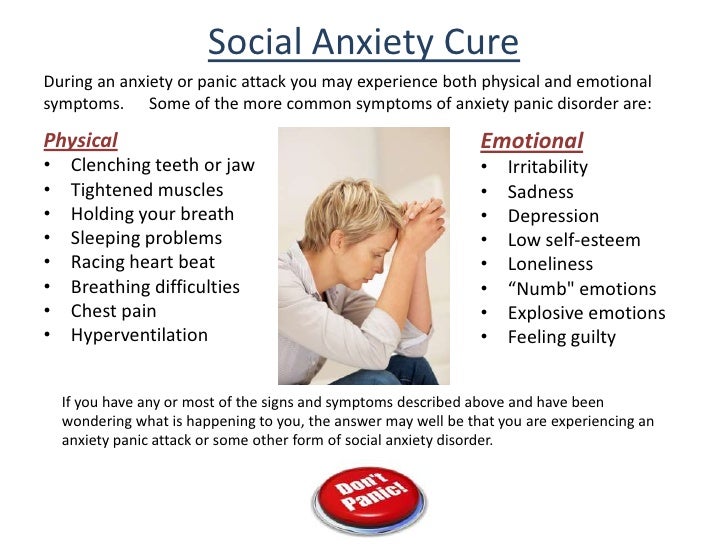 The situation is aggravated by the authoritarian way of upbringing and the unwillingness of parents to rebuild their system of relations with the child. nine0003
The situation is aggravated by the authoritarian way of upbringing and the unwillingness of parents to rebuild their system of relations with the child. nine0003
- Photo
- Getty Images
Where does "I don't want to!"
"Spoiled, he roams around" - they immediately find an explanation for the grandmother's childish obstinacy. The modern rhythm of life dictates its own rules, and sometimes it’s really easier for parents to follow the lead of the child in order to achieve the result: “Put on whatever you want, just go already!”. But, it would seem, a capricious child is not always such in reality, and all children's “I don’t want to” are different. nine0003
Here are some reasons why a previously meek child became very capricious.
-
Strength test. A child's attempt to move away from his parents is inevitably connected with the desire to test the limits of his own capabilities, the strength of established rules and the strength of the authority of elders.
 If you told your baby that it is customary to eat at the table in the kitchen, at one fine moment he may declare his desire to eat soup only in the living room in front of the TV. Not because he does not want to break away from watching his favorite cartoon, but in order to test how strong you and your prohibitions are. nine0003
If you told your baby that it is customary to eat at the table in the kitchen, at one fine moment he may declare his desire to eat soup only in the living room in front of the TV. Not because he does not want to break away from watching his favorite cartoon, but in order to test how strong you and your prohibitions are. nine0003 -
Consequence of overprotection. In an effort to protect a precious child from life's turmoil, it is important not to cross the line beyond which hyperprotection begins. If you carried your baby in a stroller until the age of three, fed him with a spoon and did not let go a single step, it is natural that your first attempts to appeal to his independence will be met with hostility.
-
Attracting attention. As a rule, by the age of two, children already know well in what situations parental interest is ensured for them. If it so happened that you give your baby your attention and communication only when he does something wrong or unacceptable.
 The child became very moody because he realized that a loud “I don’t want to” can be a great way to get noticed at last. nine0003
The child became very moody because he realized that a loud “I don’t want to” can be a great way to get noticed at last. nine0003 -
Fear of novelty. Hypersensitive, emotion-prone babies who are easily aroused and burst into tears, innovations that are inevitable in life may not attract, but frighten. "Moving" to a new crib is met with a categorical "no"? It's simple: in the old one he feels safe.
-
Simple failure. He also has the right to exist. This should make you happy, not upset. When a child begins to form his own view of the world, he has his own tastes, interests, passions and preferences. If what they offer doesn't match, you may be rejected. “I won’t wear a red T-shirt, I want a green one”, “I won’t drink tomato juice, I want a peach one” - perhaps this is not a game on your nerves, but your baby really does not like the color red and tomato juice. Analyze several such situations and draw conclusions. nine0003
Think about whether the child has really become moody? Maybe the childish “I don’t want to” is a reaction to your exaggerated demands? If the baby not only refuses to do something, but also looks confused and depressed at the same time, think about whether this is really so “elementary” for him.
- Photo
- Santiago Urquijo/Getty Images/Moment RF
Dealing with whims
Dealing with childhood denial can be tricky. Especially if the baby is stubborn, and you, for example, are late. The circle closes: the refusal of the child - your irritation - his tears - your irritation. “Believe me, it’s not so much important for a child to defend his rights, but to go through the process of defending them, so you don’t need to actively fight the children’s“ I don’t want ”! - explains Alena Kazantseva. “Your main task is to form a new code of rules for communicating with the baby, as well as teach him to express his opinion and state his needs in a more effective, convenient and “adult” way.” nine0003
Very often one can hear complaints from parents: “The child is a year old, very capricious, for all requests, demands - continuous refusals. ” How to deal with the "negochuhoy"? Here are a few rules that will help both you and him to overcome the period of this "crisis" age.
” How to deal with the "negochuhoy"? Here are a few rules that will help both you and him to overcome the period of this "crisis" age.
-
Do a soul-searching. Review your strategies for interacting with your baby, requirements and prohibitions. Perhaps some of them he has already outgrown?
-
Form a clear “no” system taking into account age. nine0087 There should be few such “no” (for example, 5–7), but these should be unshakable rules. If something is impossible on weekdays, then you should not make exceptions on weekends, as well as during the departure of the parents or the illness of the child. If mom forbids, the same ban must be confirmed by both dad and grandmother.
-
Suggest options. Of course, day after day, hourly, following the instructions is easy, but boring. Admit it, you yourself would rebel sooner or later. Put the baby in a situation of simple choice (“Shall we take a red ball or a green one for a walk?”, “What do you want to wear yourself - a jacket or boots?”), Ask his opinion and advice.
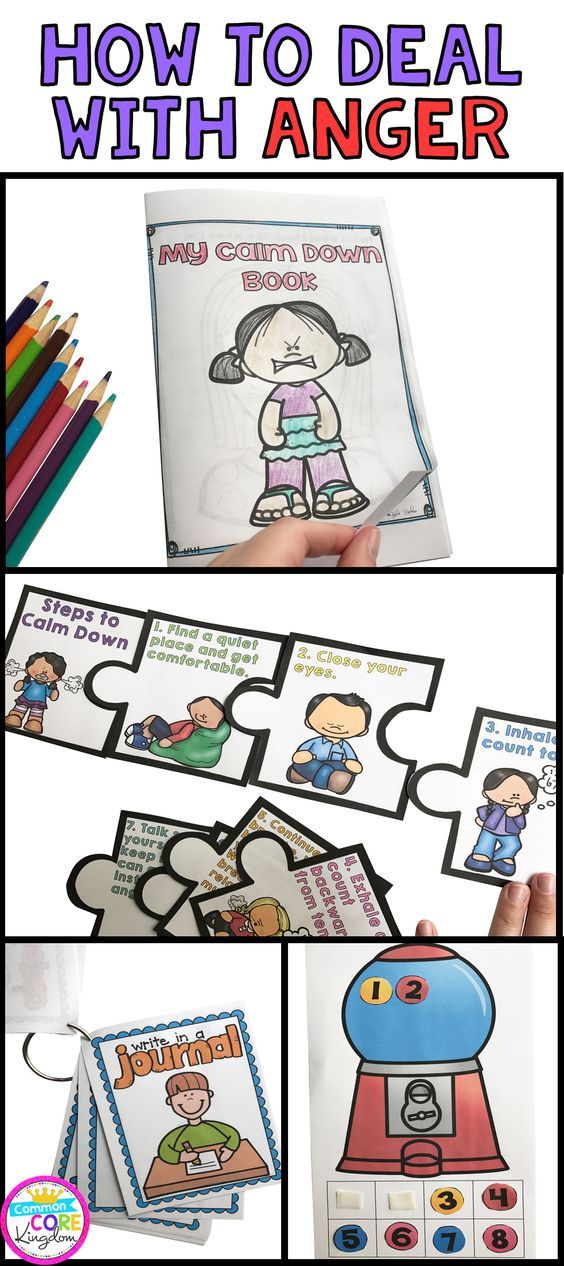 If the baby stubbornly refuses something, ask him what he wants. nine0003
If the baby stubbornly refuses something, ask him what he wants. nine0003 -
Cultivate independence. Even the most capricious child is not at all helpless! Try not to do for him what he can handle on his own, even despite the time limit. Add 15 minutes to the collection for a walk and instruct him to pull on his pants, fasten the buttons on his jacket, etc. If you do it for him over and over again, later at one fine moment, being late for kindergarten, you will hear the natural “I don’t want to”. In fact, why - mom will do everything herself. nine0003
-
Remember self-control. Don't shout! It makes no sense to raise your voice to the baby at the moment when he refuses to do something - you will only demonstrate your helplessness to him and confirm the correctness of his way of influencing you. To calm down quickly, evaluate the courage of your own child: any rebellion requires a lot of strength and determination from him, because he sees how he upsets you.

-
Be a psychologist. Child year - has become capricious? Childish whims are not easy to endure. And if at home you are overtaken by loud crying and rolling on the floor, just go to another room and start defiantly playing with your child's toys (singing, dancing, etc.). So you switch the attention of the crumbs and give him the opportunity to calm down, and a little later you can explain under what conditions you will satisfy his request. When you encounter a child's ugly behavior in a public place, first of all, allow yourself to ignore the opinion of gossips who may say (or think) what a bad mother you are. Calmly take the child and, firmly fixing the shoulders and arms, take him around the corner, away from the annoying environment. nine0003
-
Analyze. Remember that behind every whim there is an unfulfilled childish need. And there are no bad needs at such a tender age, there are only destructive ways of fulfilling them.

Believe me, a naughty child at one year old, a naughty child at 2 years old and even a naughty child at 3 years old is quite normal. But if the "period of negativism" dragged on to 5-6 years, most likely, this means that the main tasks of the period of growing up were not solved in time. Contact a psychologist who will help you figure out why this happened and give recommendations on how to interact with the baby. nine0003
- Photo
- Anchalee Yates/EyeEm/Getty Images
How to outsmart a naughty child
Here are some non-standard ways to deal with children's "I don't want to".
-
Help from a friend. When the kid ignores your appeals, try to act through a figurehead. Take his favorite toy (it can be either a soft animal or a car) and use it to “speak” to him: “Hi! I'm very sad.
 Let's go for a walk?" nine0003
Let's go for a walk?" nine0003 -
Theater of the absurd. If an attack of negativism rolled over the crumbs and you know that he will turn any of your requests inside out, act by the contrary method. Would you like to feed your little one fish? Tell him he can't do it! Should I turn right on the street? Say you're going left.
-
Feast of disobedience. Being always correct and obedient is a rather difficult task. During the day, arrange one or more “holiday” hours for your “unwanted” person, when he can do everything that is usually forbidden (within reason, of course). Don't want to get dressed? Please! Would you like candy instead of soup? To health! But set a mandatory condition - the rest of the time the little one must obey you. nine0003
-
Humorous. If the situation is hopeless (whether you like it or not, but you need to see a doctor), overcome children's negative emotions in the literal sense.


